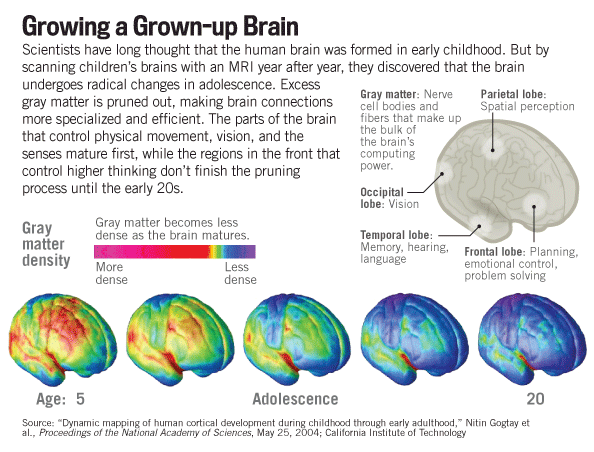Licensure, regulation, medical evidence, and funding are four sure ways to speed up the process needed to allow integrative medicine practices to be embraced. If we begin with the assumption that money has a lot to do with everything medical in the United States, then we must look at the winners and losers and the WIFM’s? (What’s in it for me?) If you’re a practicing surgeon, and acupuncture or chiropractic care results in the patient not needing a surgery, that can be a financial threat to you. Let’s be fair, that probably doesn’t happen that often, but sometimes it does, and when it does, that’s money lost to your practice.
If you’ve spent four years in undergraduate school, four years in medical school, four or five years in a residency, and your educational debts amount to hundreds of thousands of dollars, the last thing you need is a clinical study demonstrating through medical evidence that thousands of patients won’t need your services, and your skills will become exponentially less in the demand.
On the other hand, if, like ophthalmologists who surround their practices with optometrists, orthopods did the same with chiropractors and acupuncturists, could that not create a steady stream of referrals for their practices?
Let’s face it, there is a role for all three of those professions, and there are skill levels in every profession and duties relegated to each that both overlap and potentially conflict. So, wouldn’t it be better to have the three practice as a team of professionals working together to help you?
“There’s not enough medical evidence” has been the hue and cry of the uninformed for years. Ironically, once traditional medical evidence is thoroughly interrogated, it’s not unusual to find numerous flaws in even the most accepted medical practices. We’ve seen slanted reporting in even the furthermost prestigious journals where various drugs, procedures, and devices have been proven to be ineffective years later.
There are over 19,000 papers that have been written and submitted to medical journals in which acupuncture has been endorsed and proven to be effective, but there never seems to be enough medical evidence for the naysayers.
Credentialing is a very challenging area as well. Not unlike the highly skilled surgeon with her medical degrees from the Sorbonne in Paris that is not permitted to practice medicine in the United States, there are sometimes economic and political reasons to limit the number of practitioners allowed in the United States. In my experience, by creating a hospital-based credentials committee that specializes in integrative medicine, the nay-sayers ability to discredit highly trained practitioners with different skills will become more limited.
Regulation may be the most difficult challenge in this discussion because, as we have come to know very well, political power can come from political contributions, and when it comes to regulations, those with the gold have more clout than those without. That is not to say that our politicians can be encouraged to be more flexible because they can. All it takes is for hundreds of constituents to stand in front of a Congressional office to encourage change to occur.
So, what are we really dealing with here? In 1910, the AMA put out a request for proposal to determine what should be taught in the medical schools of Canada and the United States and no physician would accept that assignment. Consequently, a Ph.D., Abraham Flexner, did, and his approach was to eliminate everything that wasn’t already proven science. From there we have evolved to a “heal to the pill” mentality where words like root cause and placebo have been dropped from the vernacular.
Finally, funding is the key. It has been proven time and again that integrative medicine practices can reduce health care costs exponentially. With that in mind, every bill that comes out of Washington ignores that fact, and funding for many of these well-documented practices is not present. There were over 5000 codes in the Affordable Care Act that were intended to fund such practices as acupuncture, but when the FAQ initially was released, it said, in essence, “Don’t worry about paying these codes.”
If you go almost anywhere in Europe and Asia and you will see integrative practitioners thriving because their value is acknowledged and embraced. Of course, we’re not professing that a massage therapist performs open heart surgery, but we do know that Integrative medicine can help to reduce costs across the board.
There are many good things that can come from Integrative medicine. You just need to be open-minded.












